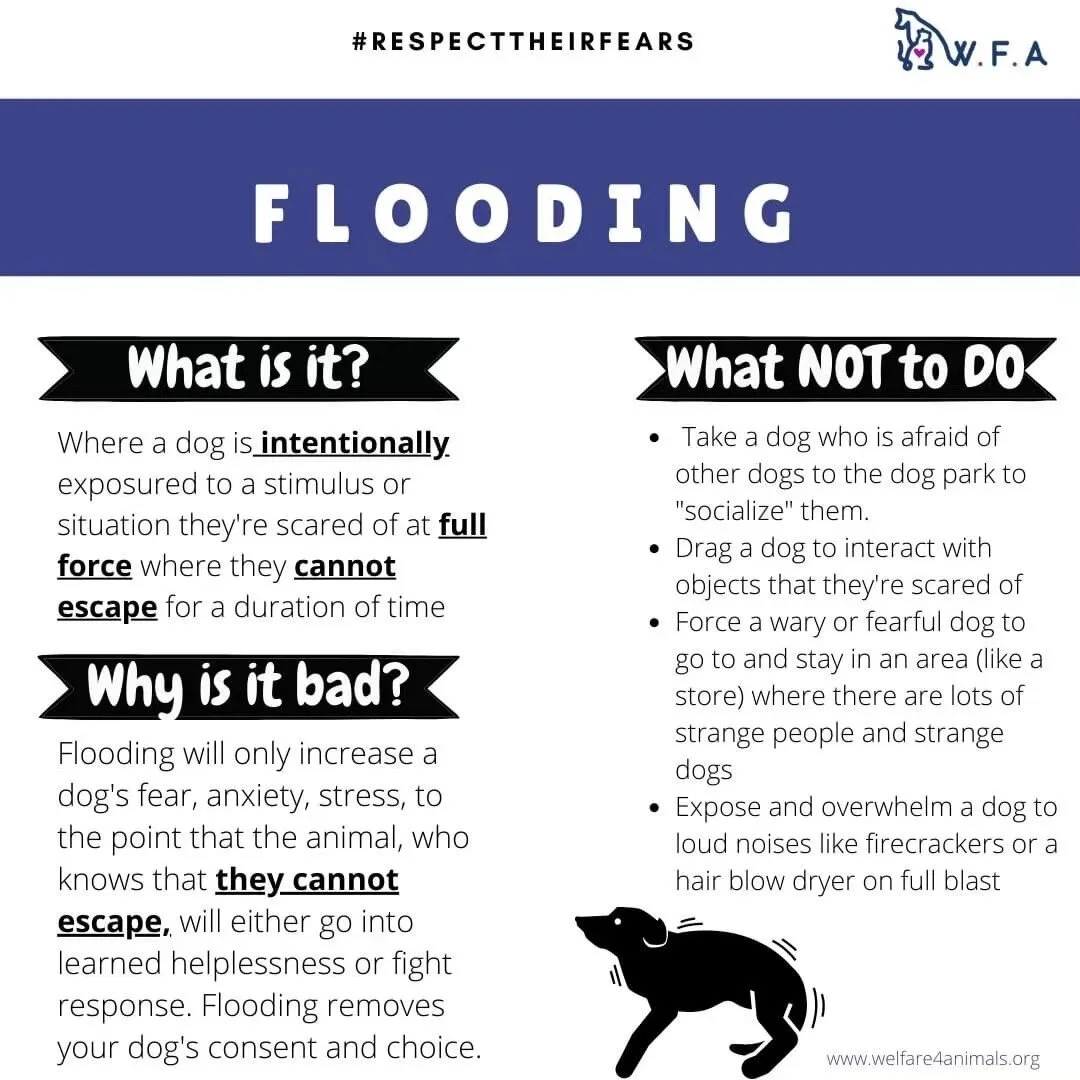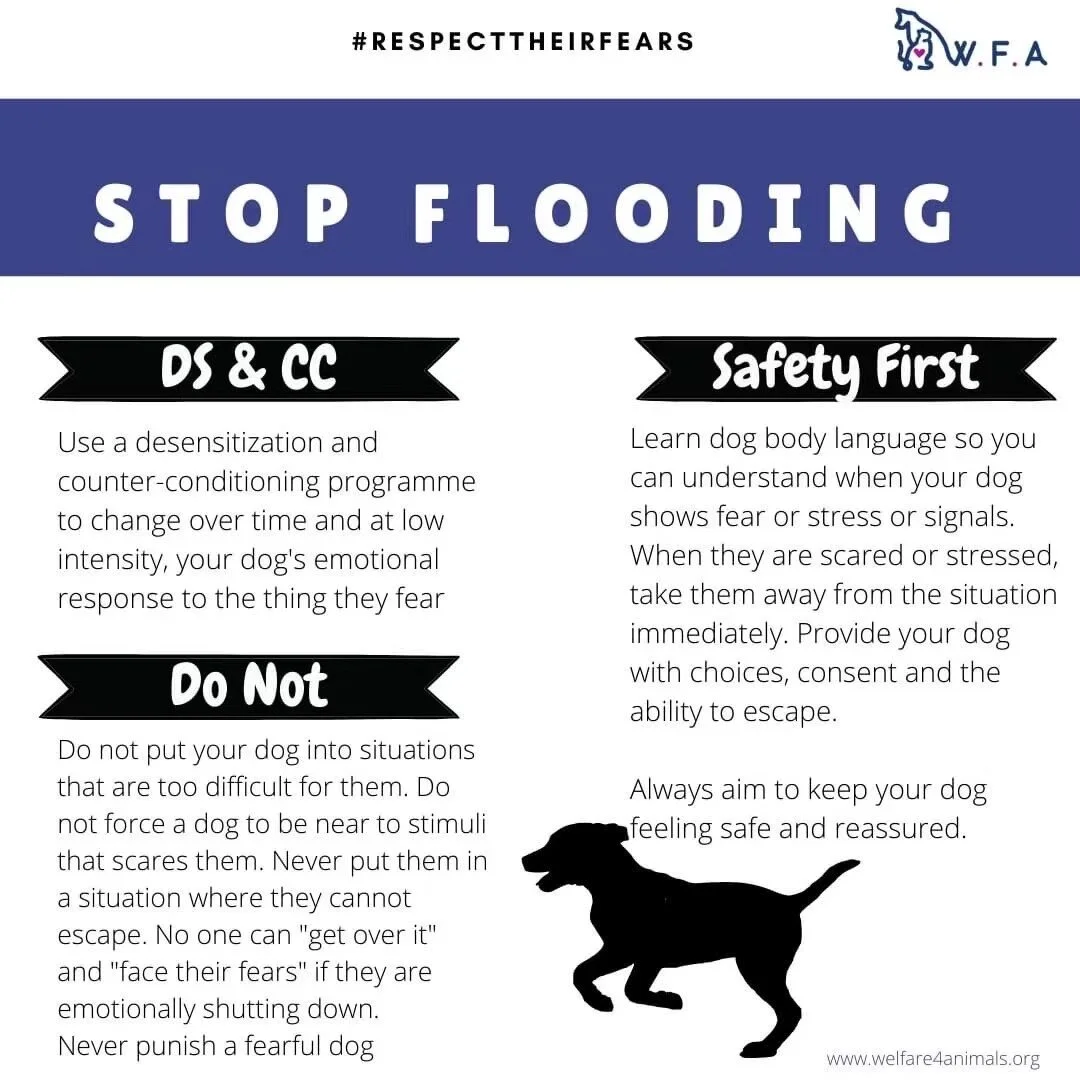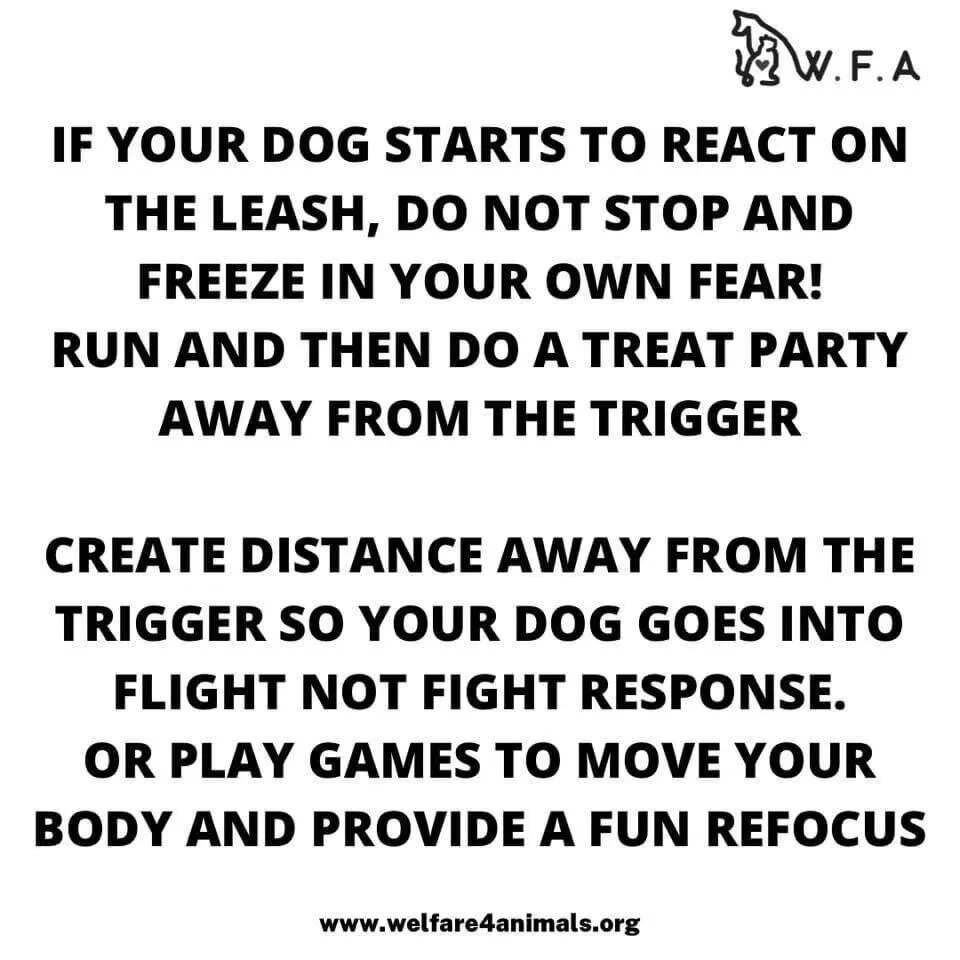Transform Dog Walks from Stressful to Stress-free
When speaking to my dog training students or sniffari (sniffy) dog walk clients, the most common complaint I hear is that walks with their dog(s) are incredibly frustrating.
I am usually told that on their daily walks with their dog that their dog will:
Be more interested in the environment than them
Want to chase squirrels, rabbits or people on bikes
Freeze in fear and won’t move in certain locations or randomly freeze halfway through the walk
Bark, lunge and growl at other dogs, strange people, bikes or children
Be so stressed by triggers that they can’t focus and start biting at the leash
Going for a walk with your dog is typically an everyday occurrence, especially if you live in an apartment, where you need to take your dog out for a walk several times a day so your dog can use the toilet and exercise.
When would going for a walk with your dog not be an everyday occurrence? Extreme weather, medical reasons, age or needing time to practice training to help with behavioural issues or loose leash skills before going for a walk.
But if your dog freezes in fear, lunges and growls at other dogs and/or people, is so stressed from things they see or hear on the walk like passing cars, garbage trucks, horns or sirens, daily walks aren’t fun, they’re highly stressful for you and your dog.
Below are what I routinely see dog guardians do when a dog shows such behaviours.
The dog guardian freezes in fear as they don’t know what to do, feel confused and scared
The dog guardian will tighten and shorten the leash and keep walking past the trigger, often dragging their dog past something that scares them
The dog guardian will shorten and tighten the leash and forcibly keep their dog in place even when the dog is lunging or barking
The dog guardian jerks on the dog leash and yells at their dog (DO NOT EVER DO THIS- jerking on the leash can cause spinal damage, collapse of your dog’s trachea and behavioural fallout)
These actions are because most of the time dog guardians don’t know what to do, so they react instead of act when their dog shows such behaviours. None of above listed actions address the dog’s underlying emotional states of fear, anxiety or stress towards triggers, situation or the environment (or their person) which are driving these behaviours. When/if the dog is punished, this will only serve to increase a dog’s fear, anxiety and stress and creates behavioural fallout.
What is behavioural fallout? It is when a dog will try to avoid or escape the punishment so they will suppress their emotions, which then leads to learned helplessness (emotional and physical shutdowns) and/or an increase in aggression, as the dog feels threatened and that they cannot escape, so they attack. To help our dog’s welfare, emotional and physical well-being humane training methods should be used to avoid behavioural fallout. But what to do instead to help walks be fun and stress-free?
When your dog barks, growls, lunges or freezes they’re struggling and crying out for help! They feel trapped by being on the leash and that they can’t flee from the situation, environment, thing (trigger/stressor) that causes them anxiety, scares or stresses them.
To help dog guardians know solutions and how to help their dogs in such situations using positive reinforcement force-free methods, I created a Mini Course “How to Reduce Stress on Walks: And Solutions to Help Them”.
Go to the link below to check out WFA’s new Mini-Course.
https://welfareforanimals.thinkific.com/courses/mini-course-how-to-reduce-stress-on-walks?fbclid=IwAR2teAbB-oQcngqD1MgNxBvwjFFCUSJqSh5-goRdNMdVtMMzdDHiS6zyEhE
Instead of reacting, this course will provide you with solutions to know how to ACT, how to create choices on a walk that are empowering alternatives for you and your dog, and that can increase your dog’s confidence and reduce their stress. It will teach you how to identify your dog’s emotions and canine body language, help them when they struggle and provide your dog with fun games or cues to get away from the scary thing, refocus or redirect.
Often my students tell me that they know cues and games that I teach them but freeze up when their dog reacts to a trigger, which is why so many dog guardians react instead of act! To help them and you, this Mini-Course will goes into detail about how to apply cues and games in real-life situations so that you and your dog are able to easily achieve success anytime, anywhere and transform walks from stressful to stress-free. It will provide you with multiple situations-solutions charts, ebooks, posters, infographics, and in-depth presentations for you to learn how to use these cues and games in real life!
This Mini-Course is a 3 part series that discusses in presentations:
Dog body language- fear, anxiety and stress and how to identify it
Triggers & ABCs- how to identify triggers at home, before the walks, ABCs (antecedent-behaviour-consequence), ABCs and triggers and how to avoid trigger stacking
Games and Cues for walks- several games, cues, different walk styles and easy solutions that you can apply on your walks
In each chapter you will have downloadable resources, which includes:
How to Reduce Stress on Walks ebook: 5 cues detailed over 22 pages with descriptions, step by step lesson plans and situation- solution charts
Fear, Anxiety and Stress poster
A Situation and Solution PDF to help you know how apply the cues and games you’ve learned in real life situations
List of triggers: a template for you to use and document triggers, environmental factors, your dog’s reaction and your reaction to help track your progress
Loose Leash infographic
What To Do When…. Real life situations! infographic
It is important to remember that when your dog does these behaviours that they’re …
YOUR DOG IS NOT GIVING YOU A HARD TIME, THEY ARE HAVING A HARD TIME
Go to our Mini-Course: How to Reduce Stress on Walks to learn solutions about how you can help your dog! https://welfareforanimals.thinkific.com/courses/mini-course-how-to-reduce-stress-on-walks?fbclid=IwAR2teAbB-oQcngqD1MgNxBvwjFFCUSJqSh5-goRdNMdVtMMzdDHiS6zyEhE
If you need more in-depth help or have questions, please fill in our contact form and we can help you virtually or in-person!





